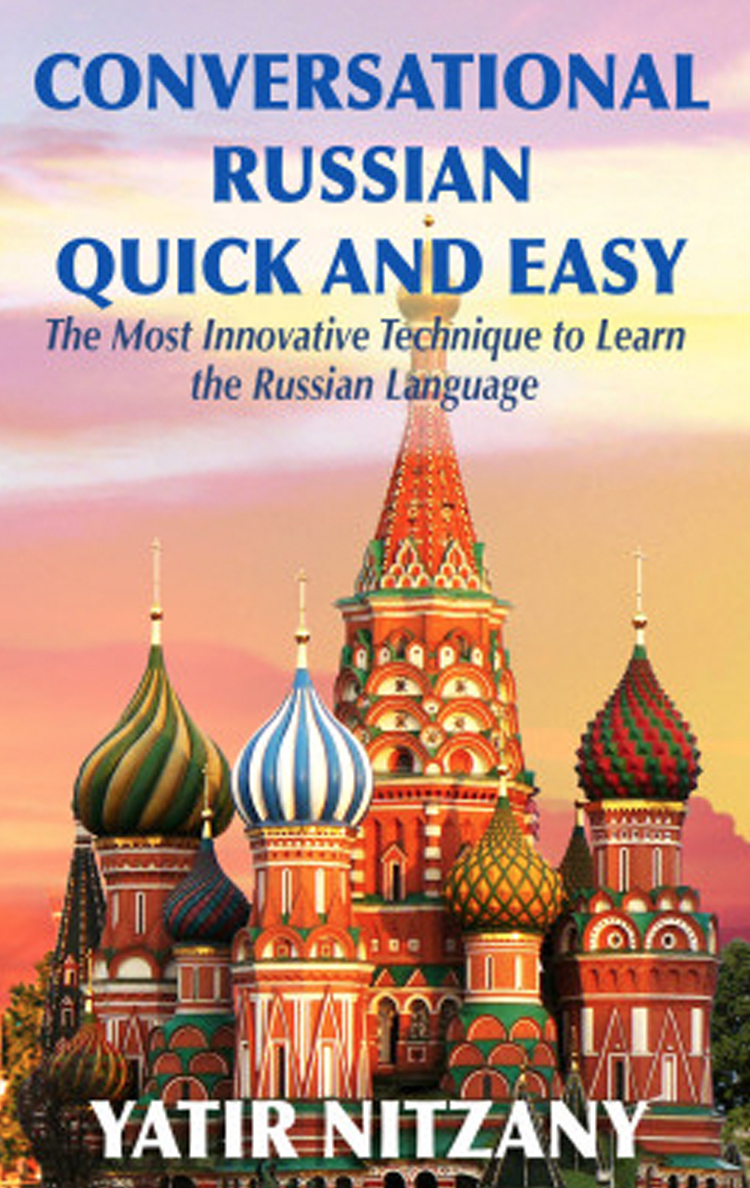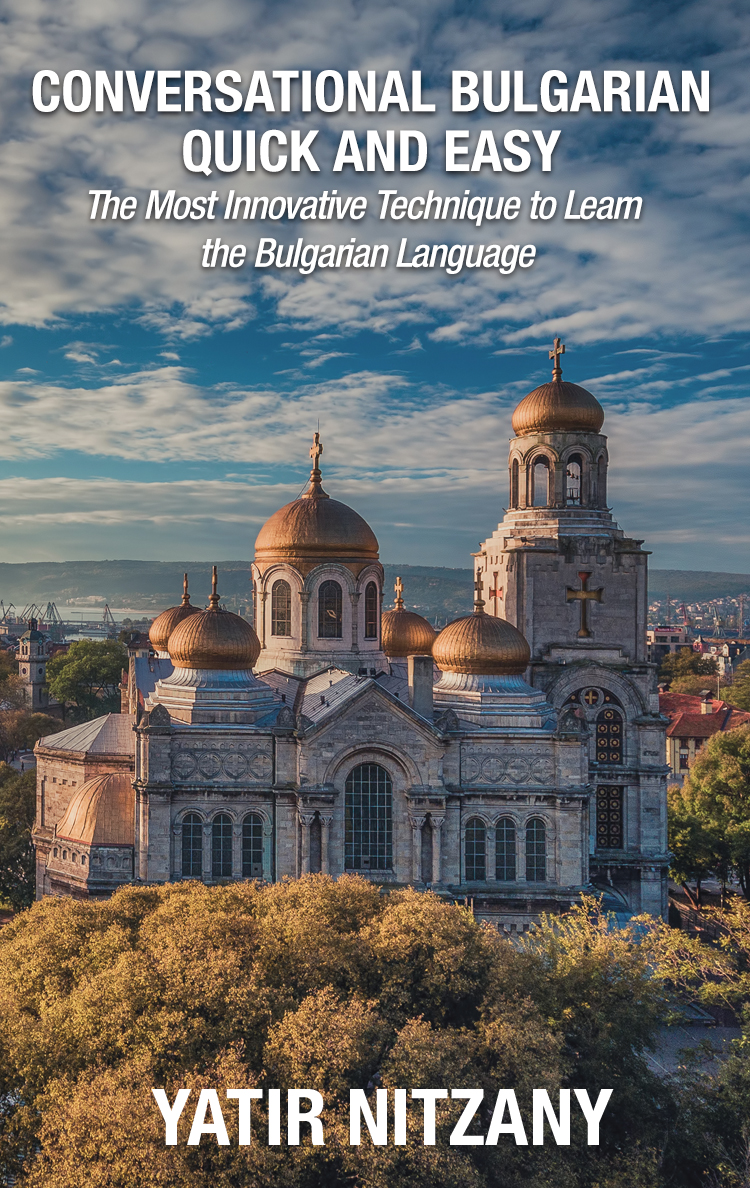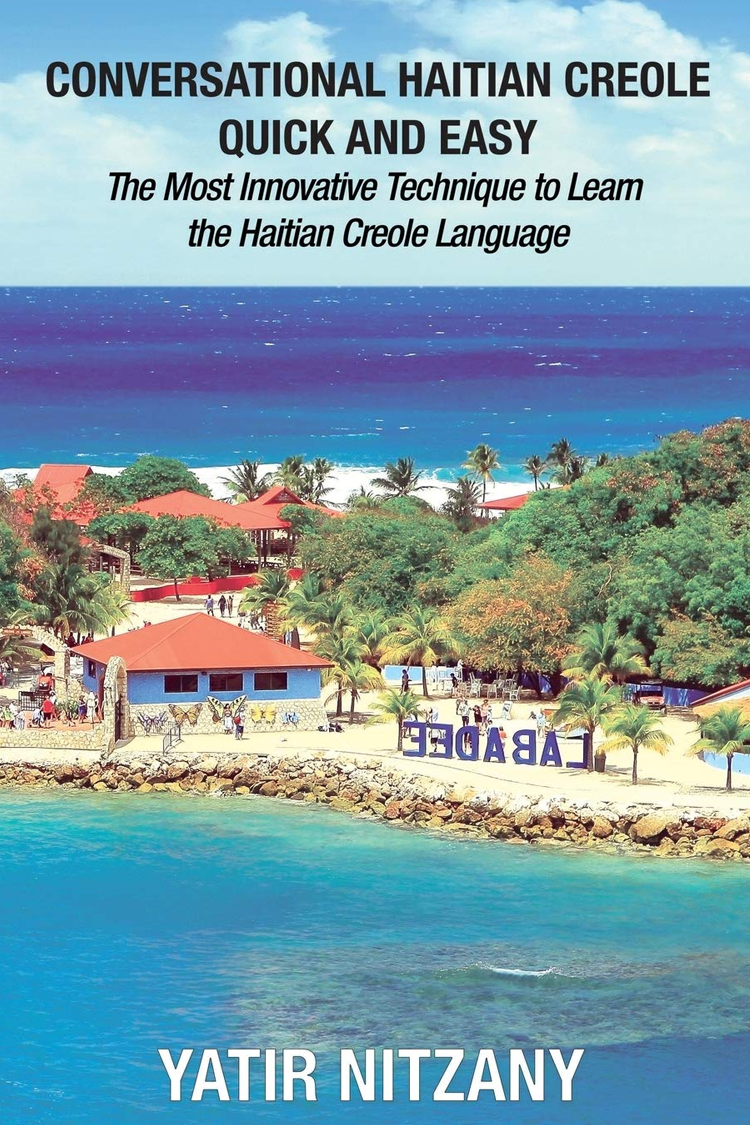MY BOOKSHELF
CONVERSATIONAL LANGUAGES
Conversational Spanish Quick and Easy
Spanish originated in Spain, and it closely resembles Portuguese, as both are
Latin in their derivation and, therefore, Romance languages.
Part of a three part series
Conversational French Quick and Easy
The French language originated in France. It is a Romance language as are Spanish, Portuguese, Italian, and Romanian since they all descend from what originally was the spoken Latin language.
Part of a three part series
Conversational Italian Quick and Easy
The official language of Italy and it has evolved over time, primarily because of the poet Dante Alighieri, who modernized the language by blending the Italian dialects, Sicilian and Tuscan. While the language’s Tuscan roots are more prevalent, the now-extinct language, Dalmatian, also inspired Dante. With the combination of these three Romance dialects, the Italian language evolved into its modern state.
Part of a three part series
Conversational Brazilian Portuguese Quick and Easy
Portuguese has over 200 million native speakers, and it is the sixth most common language in the world. The language originated from Latin roots and became popular after a Roman invasion of the western region of the Iberian Peninsula (the area known today as Portugal) during the third century BC.
Part of a three part series
Conversational Hebrew Quick and Easy
The two most ancient written cultures in the world (other than Egyptian with its hieroglyphics) are Chinese in the Far East and Hebrew in the Middle East.
Part of a three part series
Conversational Arabic Quick and Easy
The Arabic Language is spoken throughout the middle east, however each and every Arab country speaks
there own colloquial dialect. To learn more click the button below.
Conversational Dutch Quick and Easy
Dutch is not only the national language of the Netherlands but is also a national language of Belgium, and Suriname and the Dutch Antilles in South America. In Belgium, it’s the official language of Flanders, the Northern region of the country, and is also spoken in Brussels by a minority. In Suriname and the Dutch Antilles, Dutch is still an official language but alongside several other languages.
Part of a three part series
Conversational German Quick and Easy
The German language was first used during the Habsburg Empire in eastern Europe. Spoken by the common people of the time, the language was used more for economic trading and business. Though the Empire fell well over a hundred years ago, German remains one of ten most-common languages, as it is spoken by over one hundred and twenty million people. It is the official language of Germany, as well as one of twenty of the European Union.
Part of a three part series
Conversational Danish Quick and Easy
Danish, called dansk, is a North Germanic language spoken by around six million people, principally in Denmark and in the region of Southern Schleswig in northern Germany, where it has minority language status. It is also native to Greenland and the Faroe Islands.
Conversational Norwegian Quick and Easy
Norwegian (Norsk) is the official language of Norway and is a North Germanic language (along with Faroese, Icelandic, Swedish, and Danish) that is mainly only spoken there. The languages of Norway, Sweden, and Denmark are similar and in most cases you can speak Norwegian to Danes and Swedes, and also read text written in Swedish and Danish.
Conversational Yiddish Quick and Easy
Written with Hebrew alphabet characters, Yiddish is a High German language that was used by Jews from central and Eastern Europe before the Holocaust. Most likely beginning around the ninth century CE, Yiddish was developed over the course of several centuries by Ashkenazi Jews in the Holy Roman Empire. Yiddish combined a Germanic language base with some Aramaic, Hebrew, Slavic, and even a smattering of Romance language words to create a distinct patois that served to unite diverse Jewish populations in Europe following the Diaspora.
Conversational Romanian Quick and Easy
As many Russian words have Bulgarian roots, Russian is the most common language in Europe and Russia. Perhaps a reason for its popularity is that it also derives vocabulary and connotations from the French, English, German, Latin, and Greek languages.
Part of a three part series
Conversational Russian Quick and Easy
As many Russian words have Bulgarian roots, Russian is the most common language in Europe and Russia. Perhaps a reason for its popularity is that it also derives vocabulary and connotations from the French, English, German, Latin, and Greek languages.
Part of a three part series
Conversational Ukrainian Quick and Easy
The East Slavic language of Ukrainian has been the subject of a ban and derision by the Russians and often denied the status of a language in its own right. A quote attributed to Czar Nicholas II goes, “There is no Ukrainian language, just illiterate peasants speaking Little Russian,” even though the Ukrainian and Russian lexicons differ by 38% (as opposed to 33% for Spanish and Italian). Outside of Russia, Ukrainian and Russian are accepted as two similar but different languages.
Conversational Polish Quick and Easy
The official language of Poland is Polish. About 97 percent of Poland’s citizens declare Polish as their native tongue, which is a very high amount of Poles that speak the language. At one point, Polish was more widespread than it is now, as Russian has overtaken the language in popularity in surrounding areas like Lithuania and Ukraine. However, Polish wasn’t totally wiped out. That is, many people still know the language but don’t speak it as frequently.
Conversational Bulgarian Quick and Easy
Bulgarian is an Indo-European language and a member of the southern branch of the Slavic language family. It uses a Cyrillic alphabet and is spoken by over 8 million people mainly in Bulgaria, but also in Ukraine, Macedonia, Serbia, Turkey, Greece, Romania, Canada, USA, Australia, Germany, and Spain. Bulgarian is mutually intelligible with Macedonian, and fairly closely related to Serbian, Croatian, Bosnian, and Slovenian.
Conversational Armenian Quick and Easy
As many Russian words have Bulgarian roots, Russian is the most common language in Europe and Russia. Perhaps a reason for its popularity is that it also derives vocabulary and connotations from the French, English, German, Latin, and Greek languages.
Conversational Haitian Creole Quick and Easy
Norwegian (Norsk) is the official language of Norway and is a North Germanic language (along with Faroese, Icelandic, Swedish, and Danish) that is mainly only spoken there. The languages of Norway, Sweden, and Denmark are similar and in most cases you can speak Norwegian to Danes and Swedes, and also read text written in Swedish and Danish.
























